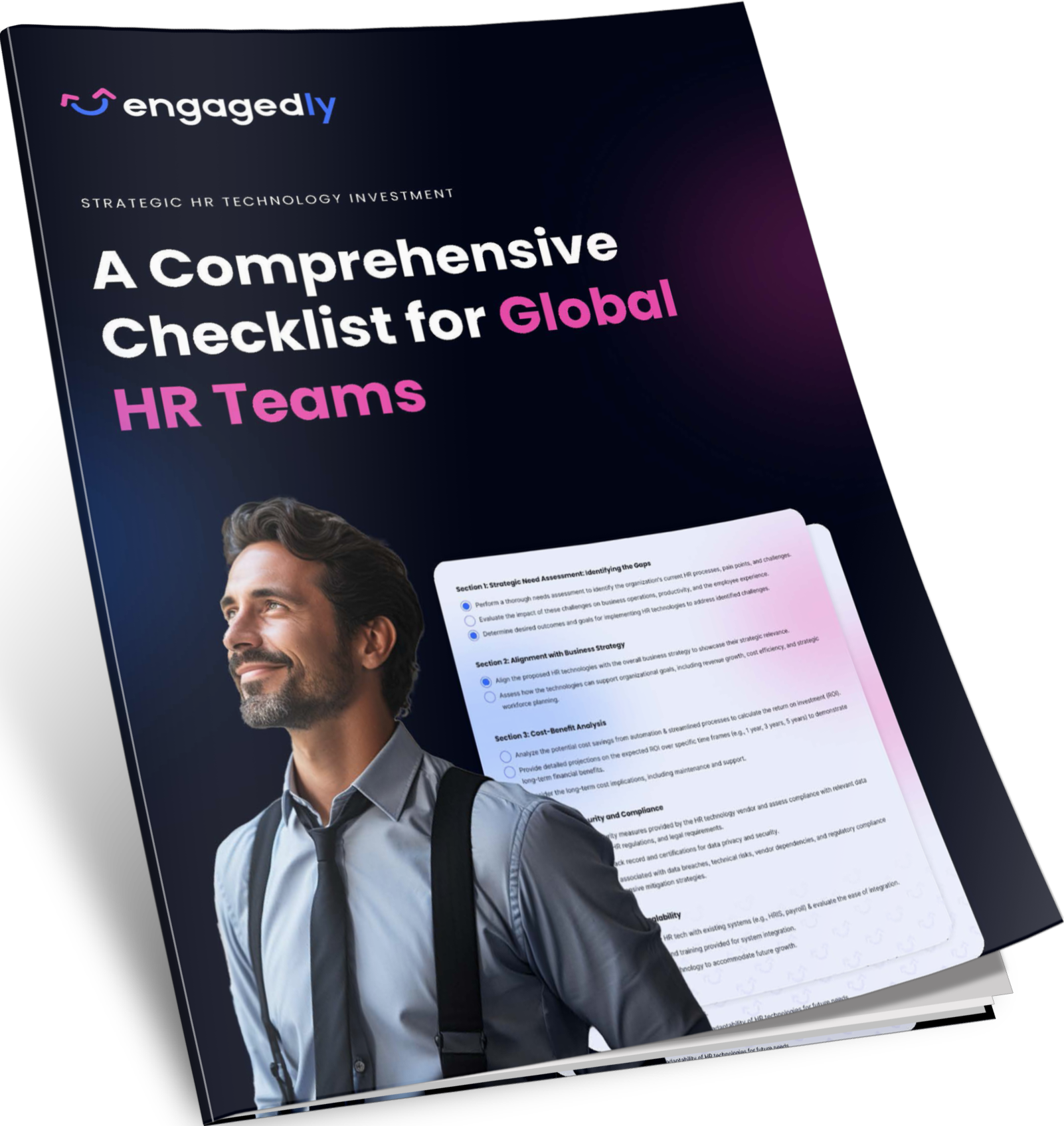Evaluating employees accurately and fairly is a critical skill for both employers and managers. The greatest challenge to having good performance management is combating evaluation biases. Managers are only human. We all have biases, even if we are unaware of them. For better performance management, consider these common biases when conducting your next employee evaluations. Harvard Business Review found 76% of men and 85% of women managers viewed performance evaluations as highly ambiguous and subjective. Knowing how to recognize and avoid these biases will ensure you can conduct performance management accurately.
Central Tendency Bias
The central tendency bias is when a manager ranks all employees in a middle or “satisfactory” range. Managers may group all employees together and evaluate them as all performing well, rather than see who is outstanding or underperforming on an individual level. The more employees a manager is evaluating, the more likely they may commit central tendency bias. They might start unconsciously giving everyone satisfactory ratings since they require the least explanation. When employees feel their evaluations are being averaged with everyone’s performance, it lowers motivation for them to stand out or go the extra mile. Good performance management means examining each employee’s individual performance and evaluating this based on the expectations of that role.
Central tendency also includes two subtypes of bias, a severity bias and a leniency bias.
- Severity bias is when a manager decides to skew all performance reviews lower. Managers may use this in performance management in an attempt to motivate employees to work harder by making them think they are underachieving. However, this will cause employees to lose motivation because success will seem unachievable.
- Leniency bias is when the supervisor gives everyone high scores. This may be an attempt to make their team seem like they are performing better than they really are. False positive praises of employees will eventually be exposed, and then the backlash will be more impactful on the employee.
Halo and Horn Bias
Halo and horn bias both occur when managers focus on one factor or trait of an employee to determine the entire performance review. The Halo bias occurs when the manager gives an employee an overall positive review because of one positive trait. It can be based on factors that are unprofessional, such as sharing a favorite sports team or how they dress. Even if an employee excels in one area, make sure your performance management is comprehensive of all important metrics. The horn bias is the opposite of halo. This is when a manager gives an employee a poor performance review based on one thing they don’t like. No employee will be perfect, so the manager must make sure not to overlook what they are successful at by focusing on one thing they might struggle with. This can also be in the form of sexism, racism, or any other form of discrimination a manager might use.
The best way to combat halo and horn biases is to create a definitive decision process for performance management. Research shows that a sound decision process is six times more effective than a rational analysis. This makes sure no important qualities are overlooked and can help recognize faulty logic in performance management. A manager may look for evidence of good or bad behavior to support a conclusion, and ignore anything that doesn’t support that conclusion.
Recency and Primacy Bias
Recency bias is when evaluations are solely on the most recent work or interaction the manager remembers of the employee. The cumulative work of the employee overshadows the most current work. When an employee closed a deal right before evaluations, here they would score very well even if they underperformed the rest of the year.
Primacy bias is the opposite of recency bias. If you have been managing an employee for a long time, you may overlook current performance by mainly considering their past achievements or failures. Spillover effect can contribute to the recency bias. The spillover effect is when someone views current performance positively or negatively based on past performance trends. A manager may assume an employee is continuing to perform well and work hard and if they have done that in the past. Managers may skim over the current work and assume they are at the same level of quality as before. When an employee excels working on a team or with another employee, make sure to evaluate them on their individual contributions too.
Want to know how Engagedly can improve your Performance Management? Request for a live Demo!
Request A Demo
Author
Srikant Chellappa
CEO & Co-Founder of Engagedly
Srikant Chellappa is the Co-Founder and CEO at Engagedly and is a passionate entrepreneur and people leader. He is an author, producer/director of 6 feature films, a music album with his band Manchester Underground, and is the host of The People Strategy Leaders Podcast. He is currently working on his next book, Ikigai at the Workplace, which is slated for release in the fall of 2024.





